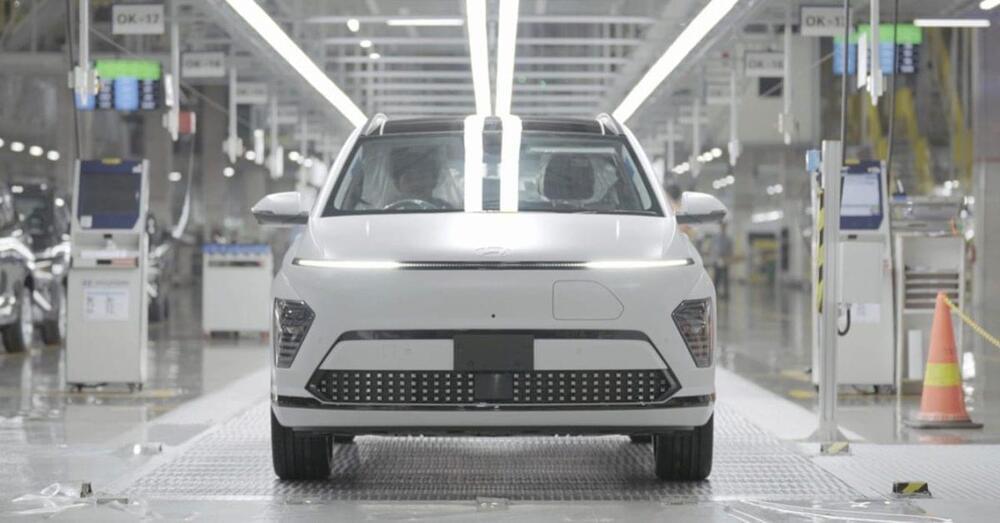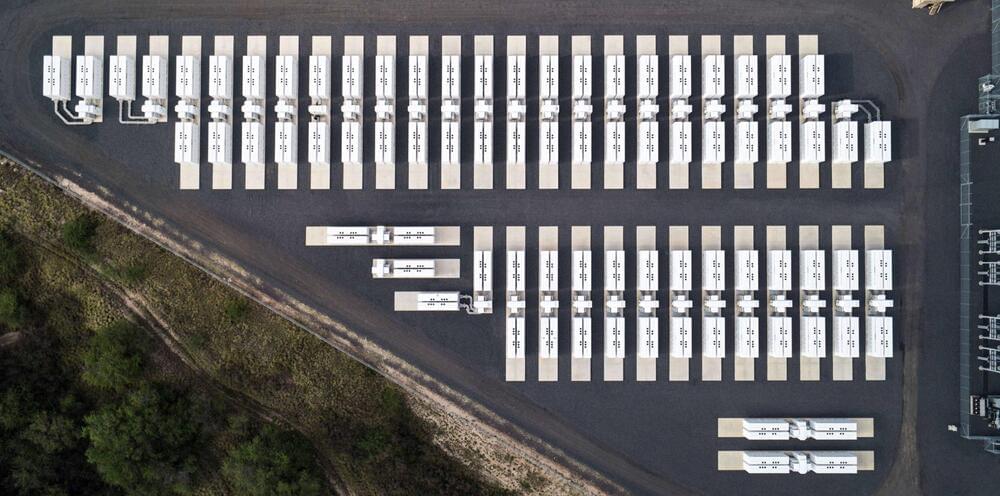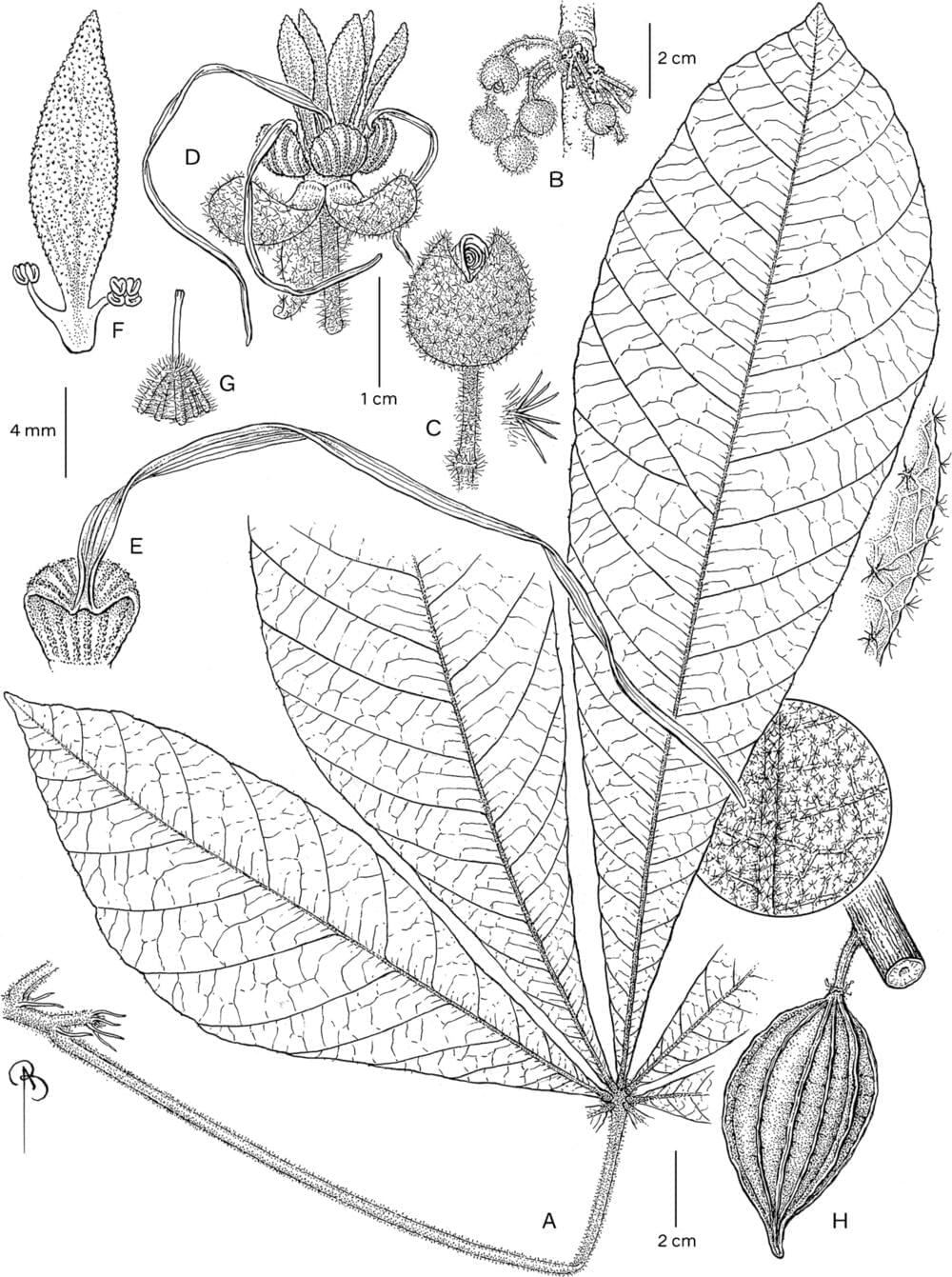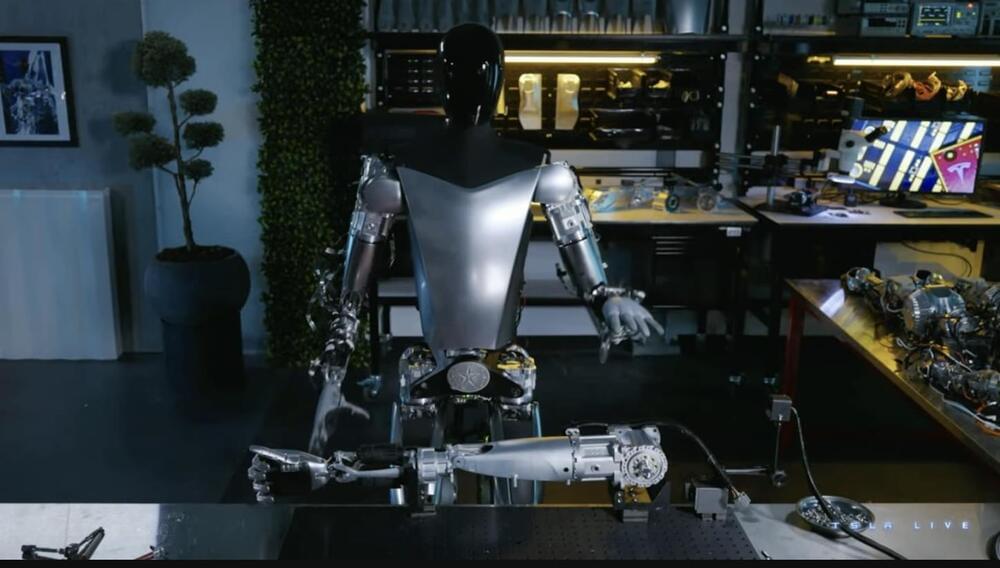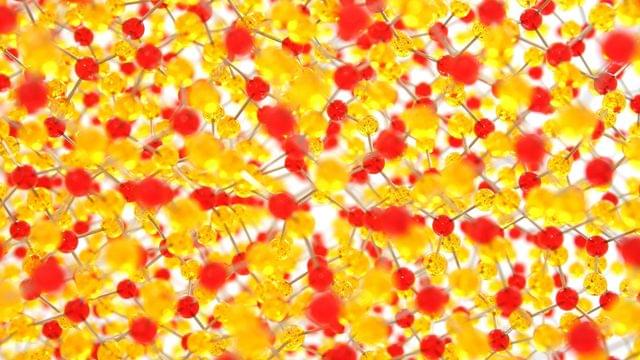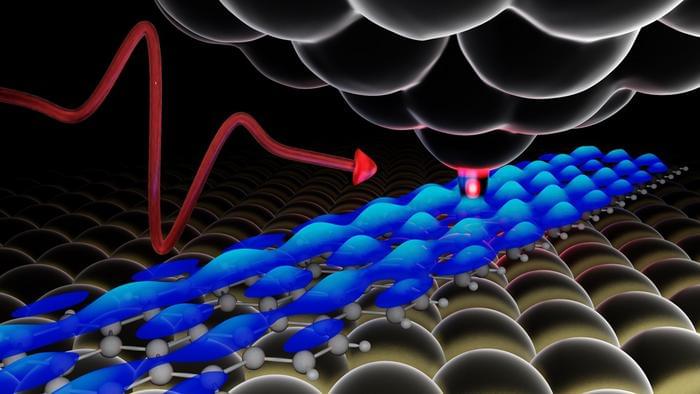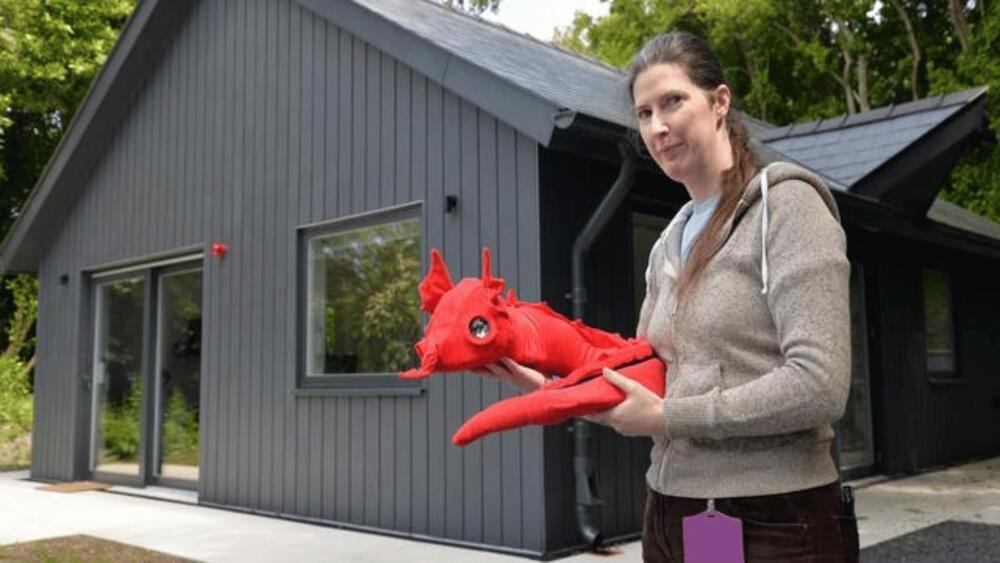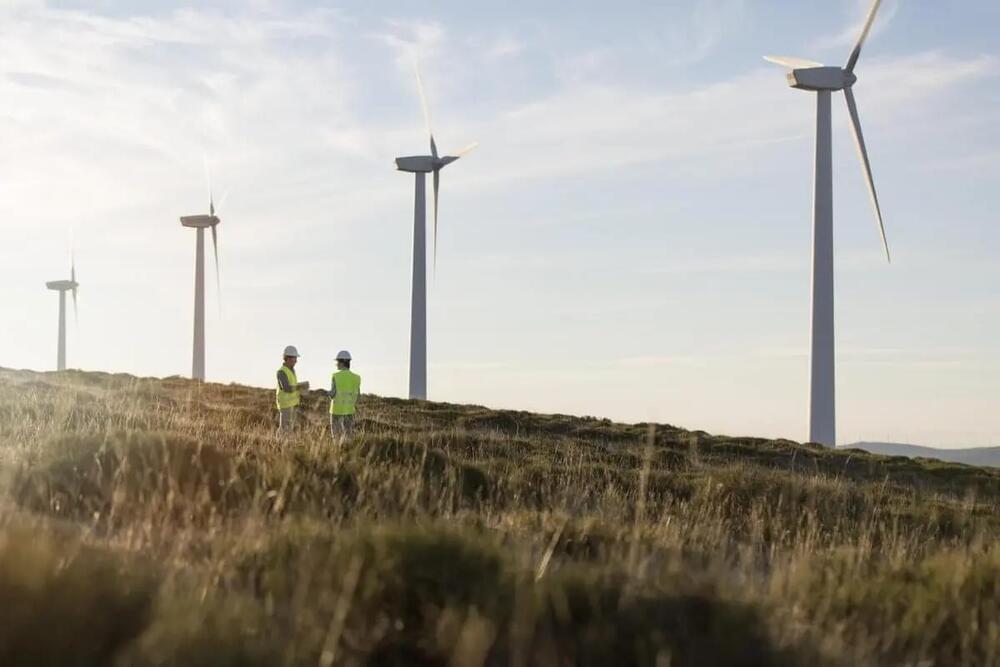Jul 4, 2024
Hyundai and LG open first EV battery cell plant in Indonesia to power up affordable EVs
Posted by Shailesh Prasad in category: energy
Hyundai opened the first EV battery cell plant in Indonesia with LG Energy Solution as it builds out its global supply chain. The plant will supply cells for over 150,000 competitively-priced Hyundai and Kia EVs, starting with the new Kona Electric.
In March 2021, Hyundai teamed up with LG to build a new EV battery cell plant near the capital of Indonesia.
Hyundai and LG invested $1.1 billion for a 50/50 stake in the factory. The partnership, “HLI Green Power,” will secure a “steady supply of EV batteries at a competitive price for upcoming BEVs,” according to Hyundai.
